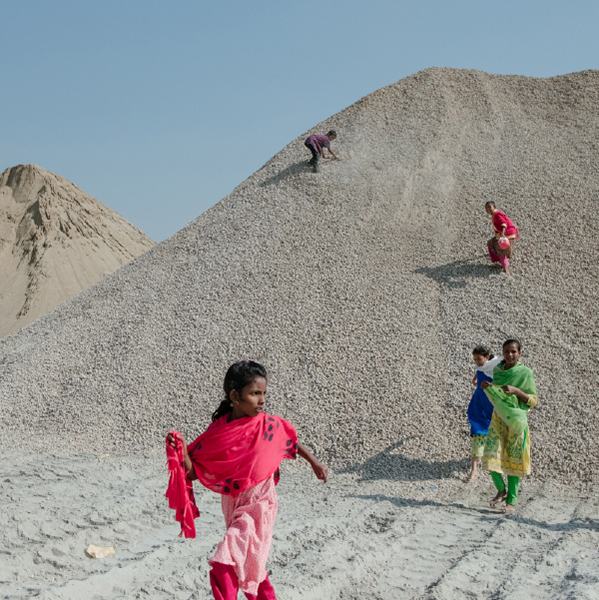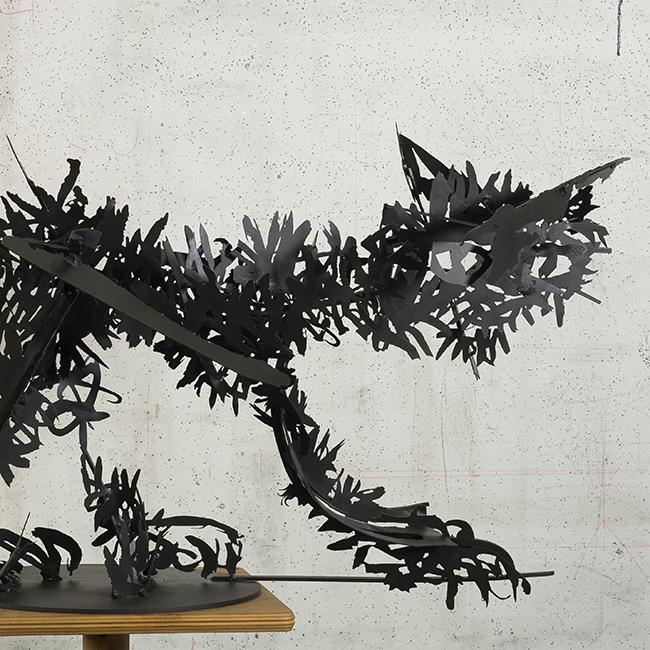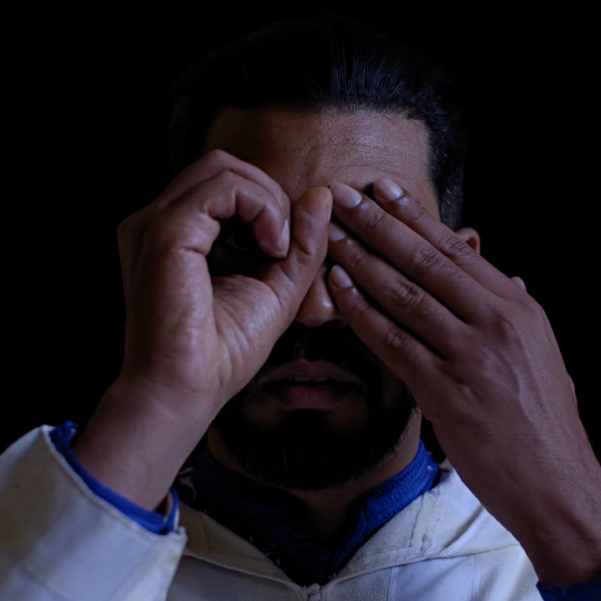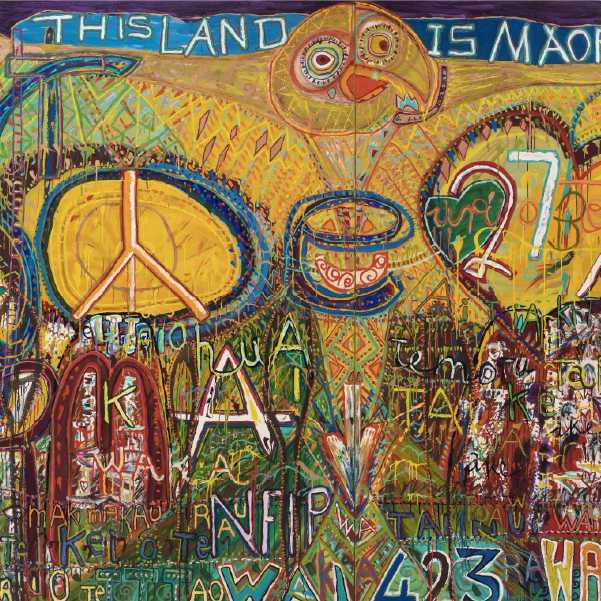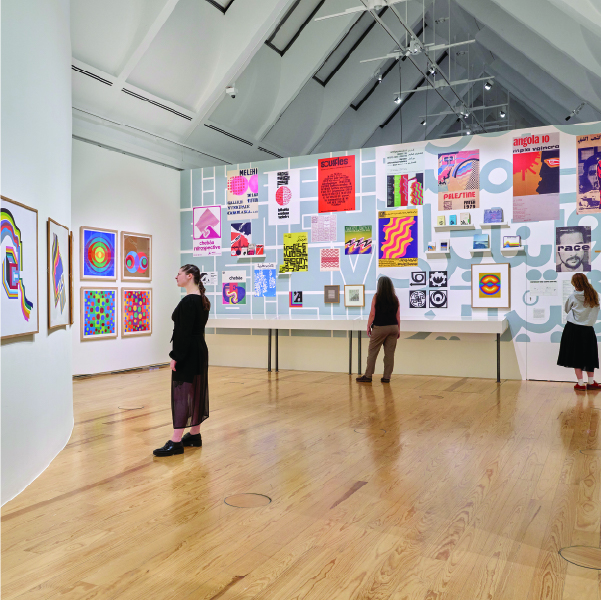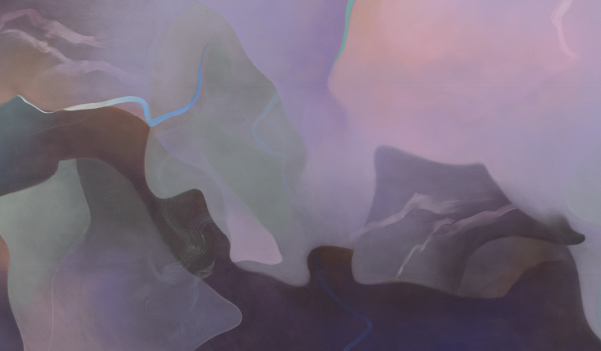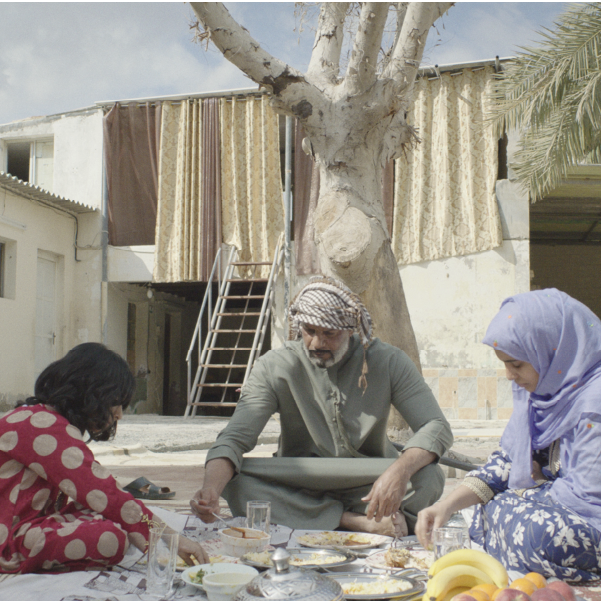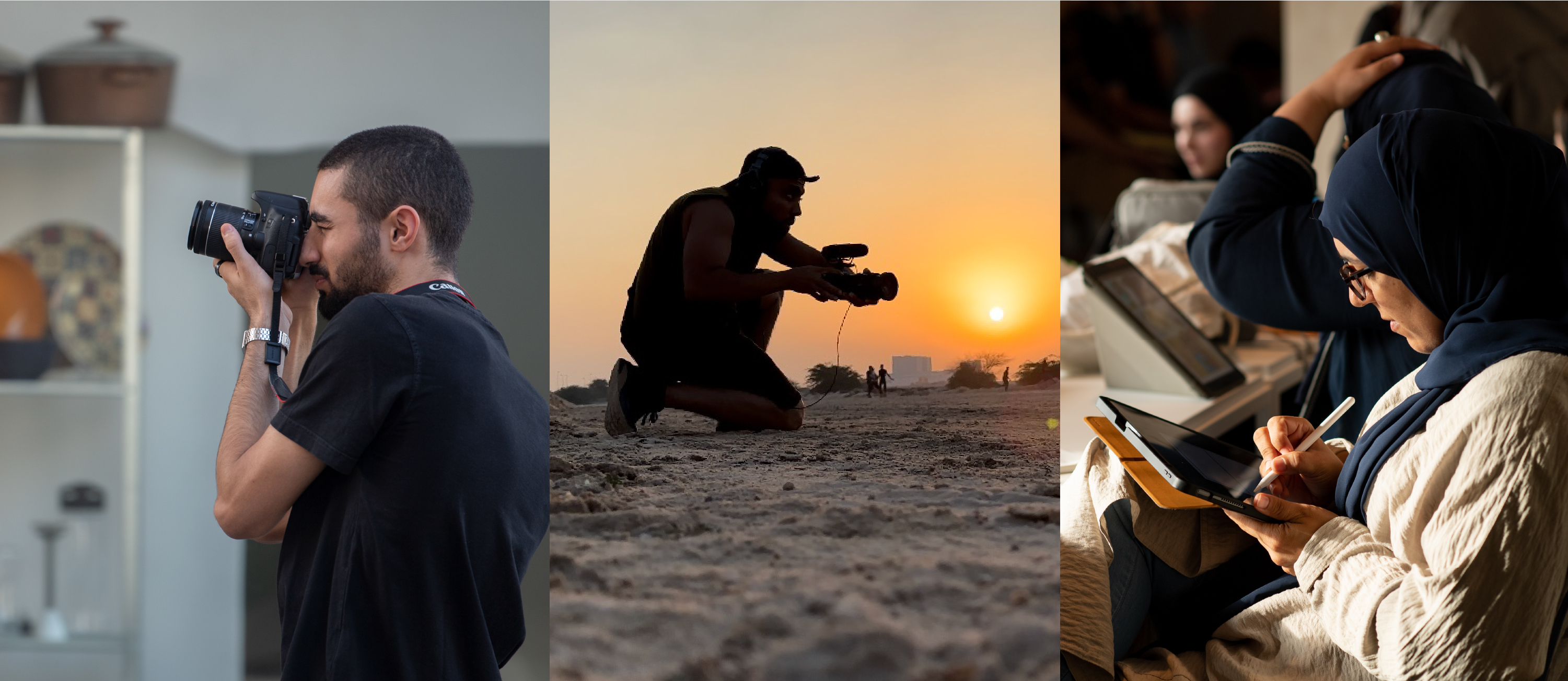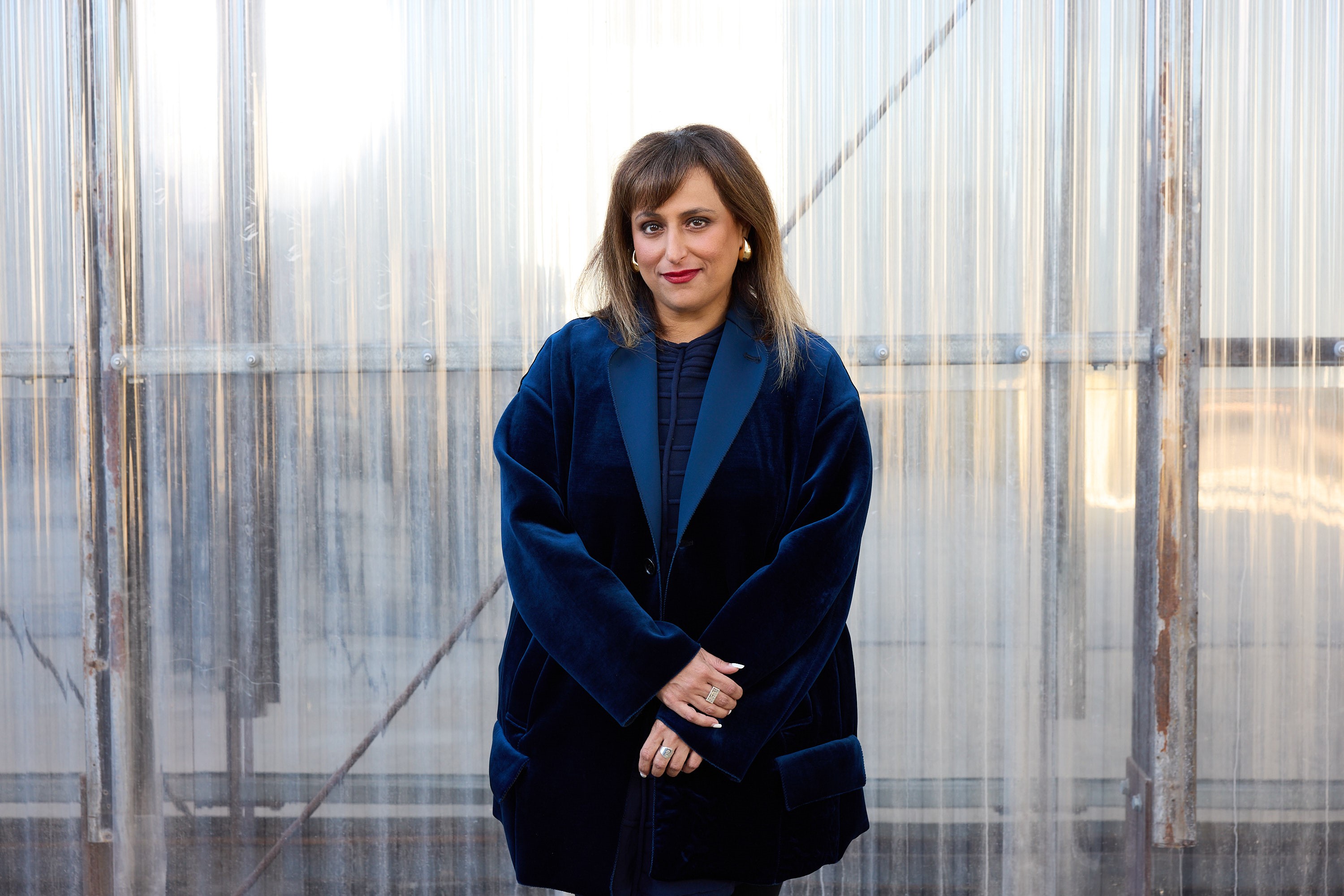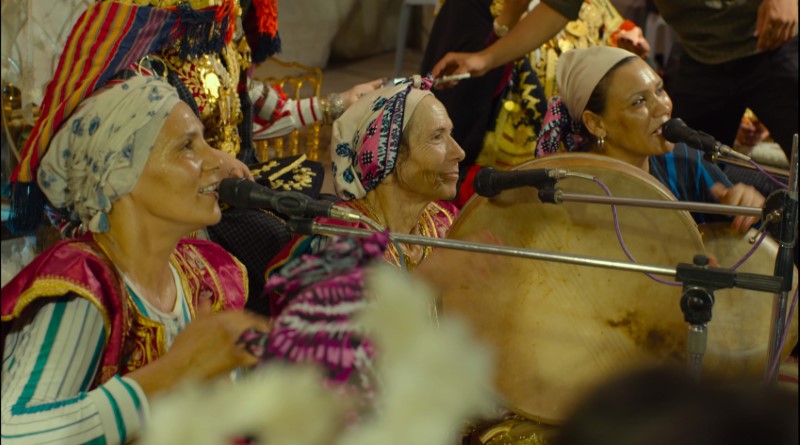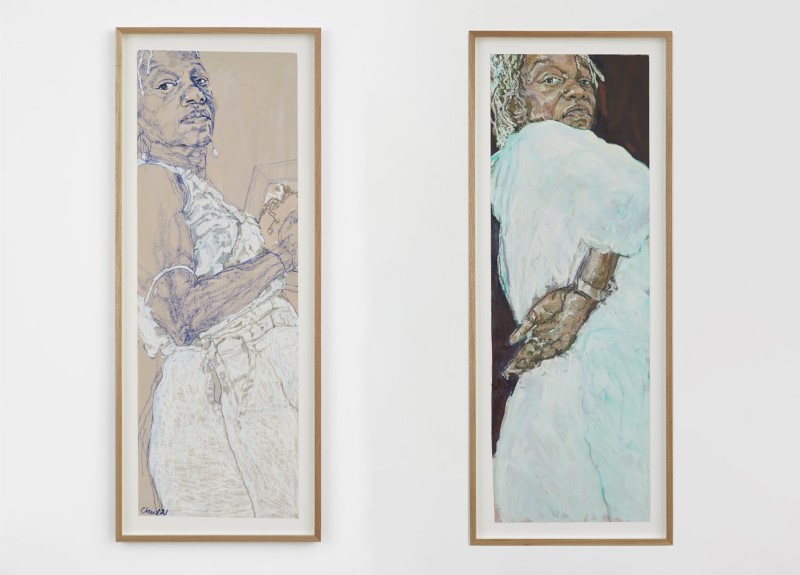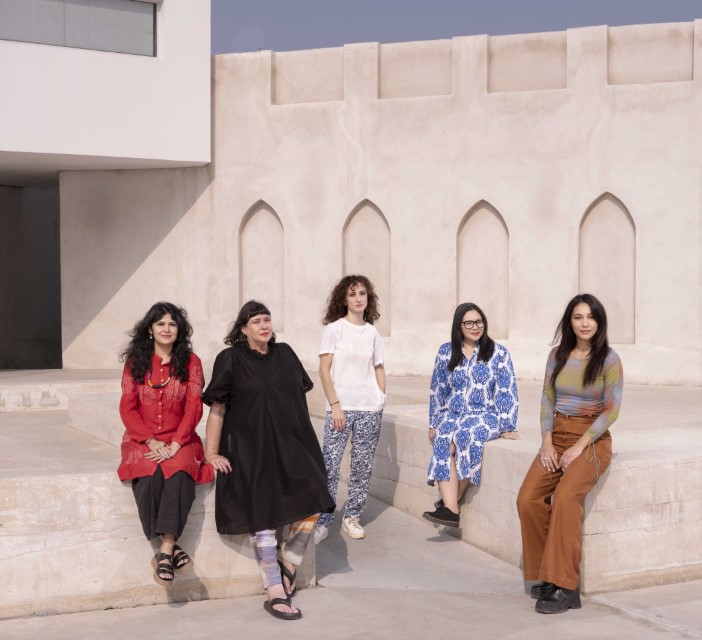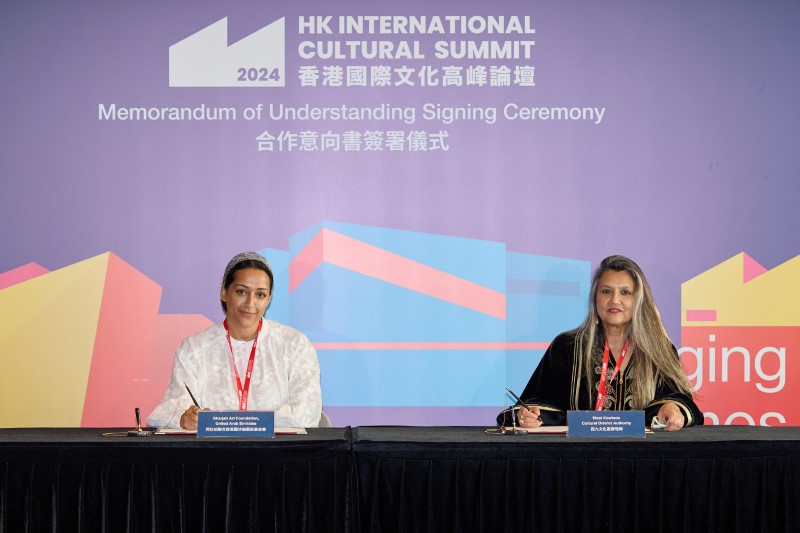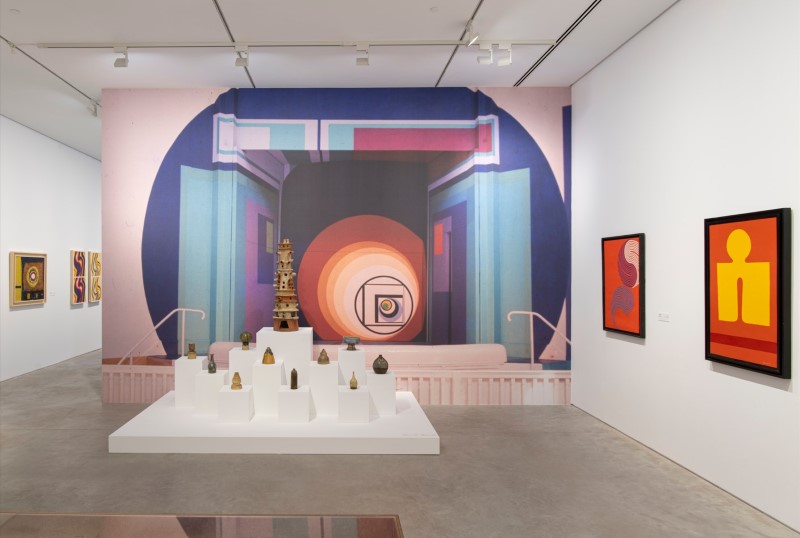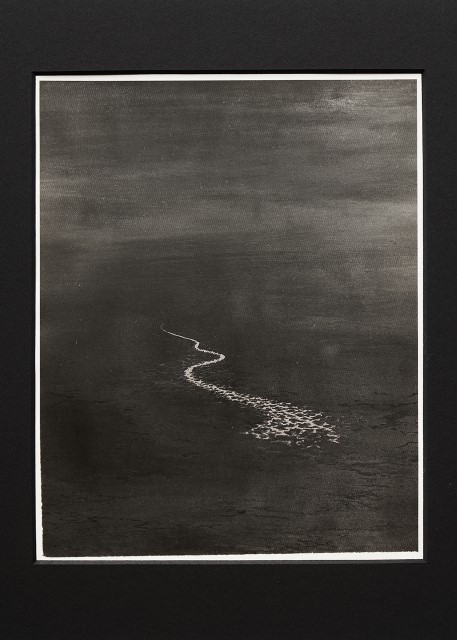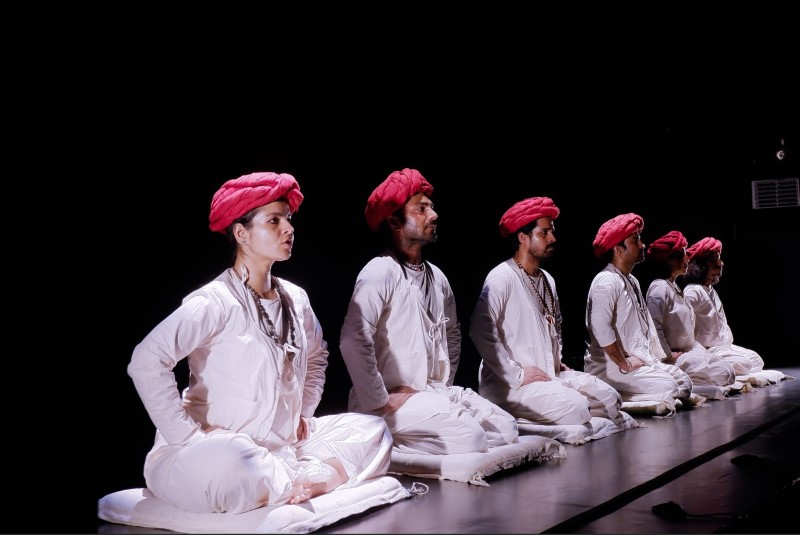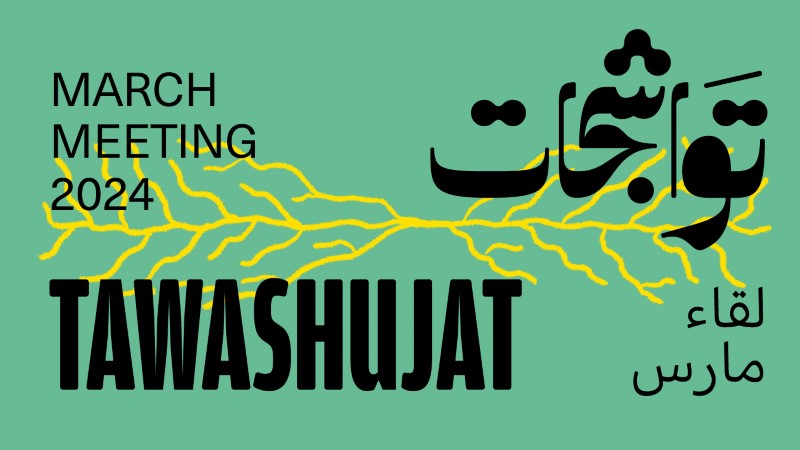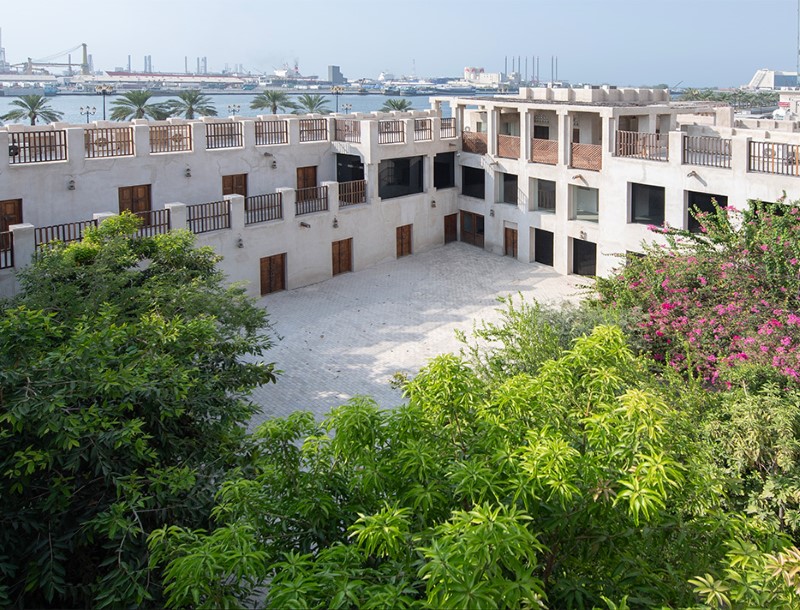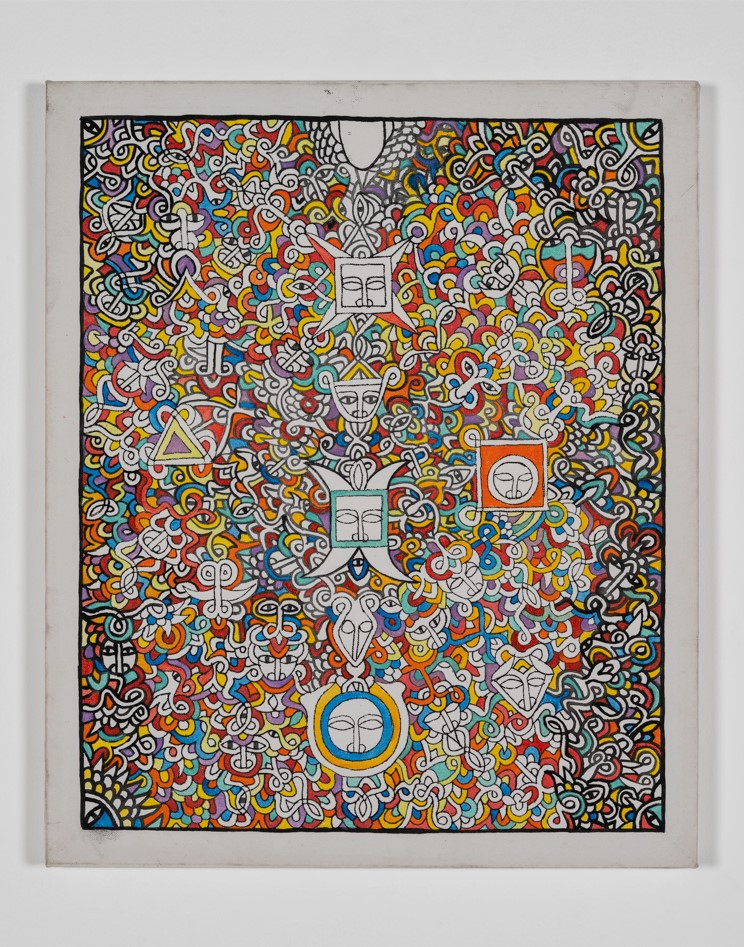Sharjah Art Foundation Press
Welcome to the Sharjah Art Foundation online Press Office. Here you will find copies of current and past press releases. For further information and access to high resolution images please contact press@sharjahart.org
Sharjah Art Foundation’s annual photography exhibition Vantage Point Sharjah returns for its 12th edition
Published on 18 September 2024
Sharjah Art Foundation Presents William Kentridge’s First Major Solo Exhibition in the region
Published on 12 September 2024
Sharjah Art Foundation presents a major solo exhibition of works by Bouchra Khalili
Published on 3 September 2024
Sharjah Art Foundation premieres the first major survey exhibition of Senior Māori artist Emily Karaka
Published on 3 September 2024
Schirn Kunsthalle Frankfurt presents the first major exhibition on the Casablanca Art School, co-organised by Sharjah Art Foundation and Tate St Ives
Published on 28 August 2024
Following its presentation at Tate St Ives from May 2023 to January 2024 and Sharjah Art Foundation from February to June 2024, The Casablanca Art School: Platforms and Patterns for a Postcolonial Avant-Garde (1962–1987) is on view at Schirn Kunsthalle Frankfurt until 13 October 2024.
Sharjah Art Foundation announces autumn 2024 programme
Published on 8 July 2024
Following a successful spring 2024 programme, including the annual March Meeting, major presentations in Sharjah and tours of international exhibitions, Sharjah Art Foundation announces a dynamic and diverse programme for autumn 2024, featuring works by acclaimed artists and the return of annual highlights.
Whitechapel Gallery and Sharjah Art Foundation with The Africa Institute present the first retrospective of South African Artist and Activist Gavin Jantjes
Published on 19 June 2024
The exhibition brings together more than 100 artworks, including ‘The Sharjah Series’ (2022) conjuring ethereal realms that provoke self-reflection
Sharjah Art Foundation and Abu Dhabi Music and Arts Foundation announce grant for Emirati filmmakers
Published on 3 June 2024
Sharjah Art Foundation, in partnership with Abu Dhabi Music and Arts Foundation (ADMAF), invites Emirati filmmakers to apply for an open call to receive funding of 25,000 AED. Designed to support independent Emirati cinema, this special grant will be offered to one Emirati awardee, jointly selected by the Foundation and ADMAF.
Hoor Al Qasimi appointed as Artistic Director of the 25th Biennale of Sydney (2026)
Published on 16 May 2024
The President and Director of Sharjah Art Foundation will explore the multifaceted culture of Sydney and bring new voices to the Biennale
Sharjah Art Foundation and Istanbul Modern present The Tale of Two
Published on 14 May 2024
Presenting a selection of films directed by women, the film programme explores contradictory dualities
Sharjah Art Foundation presents the exhibition Drawing Time: Duets
Published on 25 April 2024
New and rarely seen art from the Sharjah Art Foundation Collection explores the expanded practice of drawing, delving into the concept of the double
Sharjah Art Foundation announces Sharjah Biennial 16 initial artist list and curatorial framework
Published on 4 April 2024
SB16 runs from 6 February to 15 June 2025
Sharjah Art Foundation signs Memorandum of Understanding with M+ in Hong Kong
Published on 28 March 2024
The MOU underscores a long-term partnership between the two organisations, strengthening a global network among cultural institutions
Sharjah Art Foundation presents the landmark exhibition The Casablanca Art School: Platforms and Patterns for a Postcolonial Avant-Garde 1962–1987, co-organised with Tate St Ives
Published on 7 March 2024
The exhibition features works that transformed Morocco’s visual culture in the 1960s and 1970s
First major international survey of artist and activist Lala Rukh premieres at Sharjah Art Foundation
Published on 20 February 2024
Lala Rukh: In the Round reflects on three decades of the artist’s work produced against a backdrop of political and feminist movements in Pakistan
Mohit Takalkar’s award-winning play makes its international premiere at Perform Sharjah
Published on 13 February 2024
Co-presented with Ishara Art Foundation, Hunkaro concludes this year’s edition of Perform Sharjah
March Meeting 2024: Tawashujat explores the role of collective artistic practice
Published on 12 February 2024
Sharjah Art Foundation’s annual convening generates dialogue around collaborative efforts to create more inclusive, equitable and sustainable futures
Perform Sharjah presents 16 diverse artists to showcase contemporary performances and artistic productions
Published on 8 February 2024
Perhaps Here features a marathon of short performances for three nights
Sharjah Art Foundation in collaboration with The Africa Institute and Sharjah Museums Authority Presents Major Solo Exhibition of Telsem Art by Henok Melkamzer
Published on 31 January 2024
Exhibition features over 100 works showcasing the Ethiopian art form, many on view for the first time
